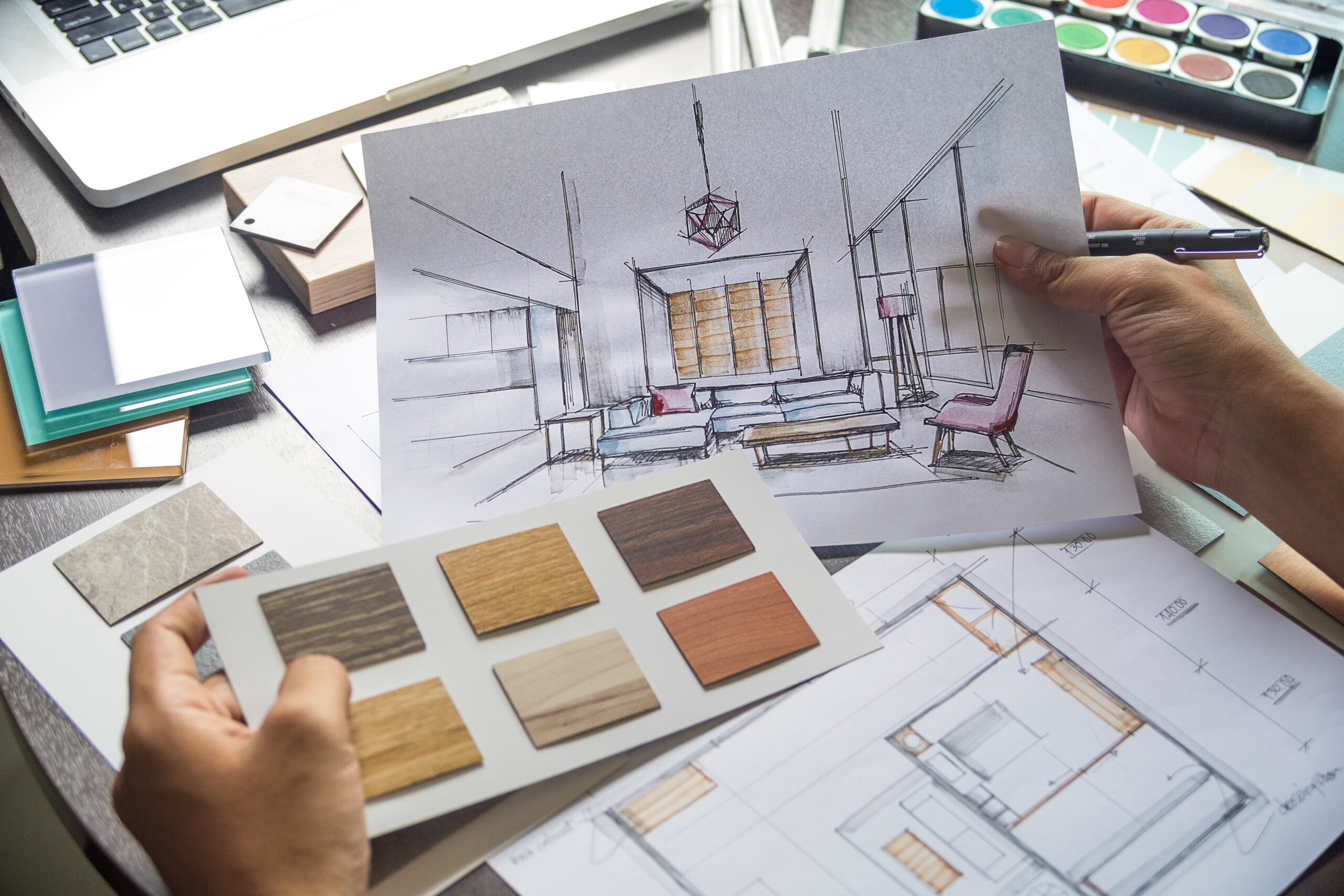As a Realtor with a background in design, I often find myself at the intersection of function and style when helping clients prepare or search for their ideal home. One of the most compelling trends in real estate today is the growing interest in homes designed with accessibility and aging in place in mind. These universal design elements aren’t just about accommodating immediate needs—they’re about creating spaces that work for everyone, at every stage of life.
This shift is particularly significant as multi-generational living becomes more common. Families are seeking homes that can evolve alongside them, providing comfort, safety, and style for children, parents, and grandparents alike. Whether you’re planning for the future or looking to appeal to a broader range of buyers, accessible and adaptable home design is an investment worth exploring.
Why Accessibility Matters Now More Than Ever
The U.S. population is aging, and with that comes a shift in priorities. Baby boomers, many of whom are entering or enjoying retirement, are looking for homes that allow them to live independently for as long as possible. At the same time, younger generations are increasingly moving in with parents or grandparents, creating a demand for homes that can comfortably accommodate multiple generations.
Accessibility isn’t just about meeting physical needs—it’s about creating a home that works for everyone, regardless of age or ability. Features like wide doorways, step-free entries, and single-level living spaces aren’t just practical; they add value to a home by making it more inclusive.
Key Elements of Universal Design
Universal design focuses on making spaces functional for people of all ages and abilities, without sacrificing style. Here are some of the most sought-after features:
1. Step-Free Entrances and Single-Level Living
Eliminating steps at entryways and within the home is a cornerstone of accessible design. Step-free entrances make it easier for everyone, from parents with strollers to individuals using wheelchairs or walkers, to enter and exit a home.
Single-level living is another popular feature, especially among older buyers who want to avoid the challenges of navigating stairs as they age. If a home has multiple levels, installing a chair lift or designing a main-floor primary suite can be a game-changer.
2. Wider Doorways and Hallways
Standard doorways and hallways can feel cramped and are often difficult to navigate with mobility aids. By increasing the width, homes not only become more accessible but also feel more spacious. This simple update can dramatically enhance the flow and functionality of a space.
3. Accessible Bathrooms
Bathrooms are one of the most important areas to consider when designing for accessibility. Features like walk-in showers with grab bars, curbless entries, and handheld showerheads make bathing safer and more convenient for everyone. Stylish non-slip tiles and wall-mounted sinks ensure functionality doesn’t come at the expense of aesthetics.
4. Open Floor Plans
Open layouts aren’t just trendy—they’re practical. By removing unnecessary walls and creating expansive, connected spaces, homes become easier to navigate and more welcoming for people with mobility challenges.
5. Smart Home Technology
Technology is making accessible living easier than ever. Smart thermostats, lighting, and security systems can be controlled with a smartphone or voice commands, allowing residents to manage their environment effortlessly. This is particularly appealing to tech-savvy buyers who want modern conveniences alongside traditional accessibility features.
Making Accessibility Stylish
One of the biggest misconceptions about accessible design is that it’s clinical or unattractive. That couldn’t be further from the truth. Today’s universal design elements are sleek, modern, and seamlessly integrated into a home’s overall aesthetic.
For example, grab bars in bathrooms can double as towel racks and come in finishes like brushed nickel or matte black. Step-free showers can be paired with frameless glass doors for a spa-like feel. Even practical features like lever-style door handles and rocker light switches can be chosen to complement a home’s design.
The goal is to create a home that’s beautiful and functional—a space where no one feels excluded, and everyone feels comfortable.
Why Multi-Generational Buyers Love Accessible Homes
Multi-generational buyers are a growing segment of the real estate market, and they’re looking for homes that cater to their unique needs. Whether it’s a grandparent who needs a step-free bathroom, a teenager who appreciates an open floor plan for gatherings, or parents juggling the needs of both, accessible homes are incredibly appealing.
These buyers value homes that can adapt as their families grow and change. A home with universal design features provides flexibility and peace of mind, ensuring it remains a comfortable place to live for years to come.
Preparing Your Home for the Future
If you’re considering selling your home or making upgrades, incorporating universal design features can significantly increase its market appeal. Here are a few ways to get started:
– Focus on Entryways: Create a step-free entrance and replace traditional door hardware with lever handles.
– Upgrade Bathrooms: Install a walk-in shower, add grab bars, and ensure plenty of lighting.
– Modernize with Technology: Add smart home devices that make everyday tasks easier for all residents.
– Think Long-Term: When renovating, consider how the space might be used in the future. Could a formal dining room double as a bedroom? Is there space for a main-floor primary suite?
My Perspective as a Realtor and Designer
Helping clients navigate the world of accessible design is one of the most rewarding parts of my job. I love showing how thoughtful updates can make a home more comfortable, beautiful, and valuable—not just for today but for decades to come.
Whether you’re planning to age in place or want to appeal to a wider range of buyers, universal design is a smart investment. It’s about creating spaces where everyone, regardless of age or ability, feels at home.
If you’re curious about accessible home trends or want advice on preparing your home for the future, I’d love to help. Together, we can design a home that works for you now and in the years to come.
